Descrição
- Educational Focus:
- Designed for teaching and research in robotics, AI, and humanoid systems.
- Provides open APIs and SDKs for easy programming and customization.
- Humanoid Design:
- Bipedal structure with two arms and two legs, mimicking human movement.
- High degrees of freedom (DoF) for flexible and dynamic motion.
- Modular and Customizable:
- Modular design allows users to add or replace components, such as sensors, cameras, or grippers.
- Supports integration with third-party hardware and software.
- Advanced AI and Vision:
- Equipped with AI algorithms for object recognition, navigation, and interaction.
- Includes cameras, LiDAR, and other sensors for environment perception.
- User-Friendly Interface:
- Intuitive control software for programming and operation.
- Supports simulation environments for testing and development.
- Research and Development:
- Ideal for studying human-robot interaction, locomotion, and AI applications.
- Enables experimentation with machine learning, computer vision, and autonomous systems.
- Compact and Lightweight:
- Designed to be portable and easy to deploy in classrooms or labs.
- Lightweight construction for safe handling and operation.
- Battery and Power:
- High-capacity battery for extended operation.
- Supports fast charging for minimal downtime.
Technical Specifications (Estimated):
- Height: ~1.2 to 1.5 meters (typical for humanoid robots).
- Weight: ~30-50 kg (lightweight design).
- Degrees of Freedom (DoF): ~20-30 DoF (depending on configuration).
- Sensors: Cameras, LiDAR, IMU, and touch sensors.
- Battery Life: ~2-4 hours (depending on usage).
- AI Capabilities: Object recognition, SLAM (Simultaneous Localization and Mapping), and natural language processing (NLP).
Applications of the Unitree G1 EDU (U1):
- Education:
- Teaching robotics, AI, and programming in universities and schools.
- Hands-on learning for students and researchers.
- Research:
- Studying humanoid locomotion, balance, and control systems.
- Developing new algorithms for AI and machine learning.
- Prototyping:
- Testing new ideas and applications in robotics.
- Customizing the robot for specific projects or experiments.
- Competitions:
- Participating in robotics competitions and challenges.
- Showcasing innovative solutions and designs.
Why Choose the Unitree G1 EDU (U1)?
- Affordability: Compared to other humanoid robots, the G1 EDU is cost-effective, making it accessible for educational institutions.
- Open Platform: Provides open-source tools and APIs for easy customization and development.
- Support and Community: Backed by Unitree’s expertise and a growing community of developers and researchers.
Ideal For:
- Universities and colleges offering robotics or AI courses.
- Research labs focusing on humanoid robotics and AI.
- Hobbyists and developers interested in humanoid robot development.
If you’re considering the Unitree G1 EDU (U1) for educational or research purposes, it’s a versatile and powerful platform that can help bridge the gap between theory and practice in robotics and AI. For the latest details, pricing, and availability, check Unitree Robotics’ official website or contact their sales team.
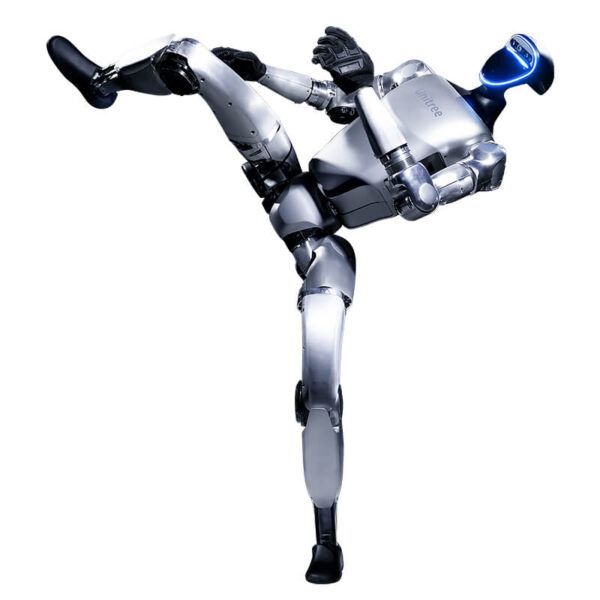
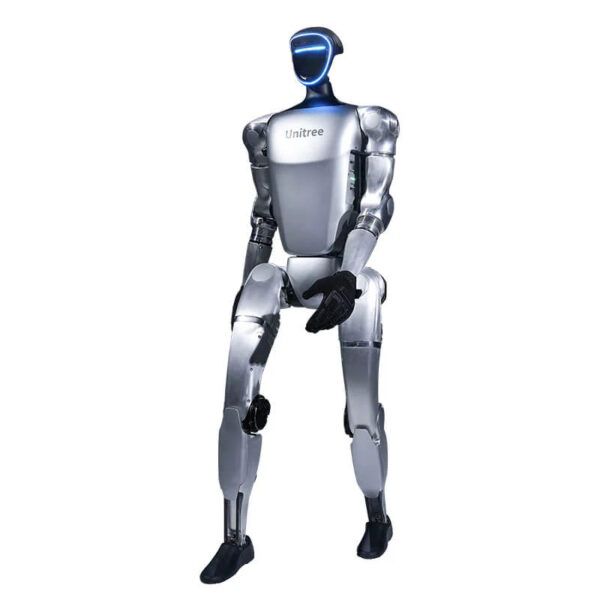
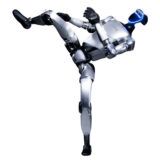



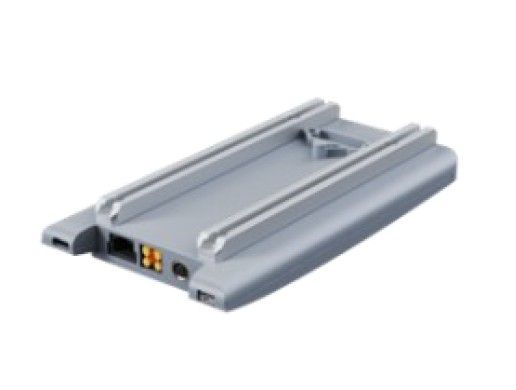
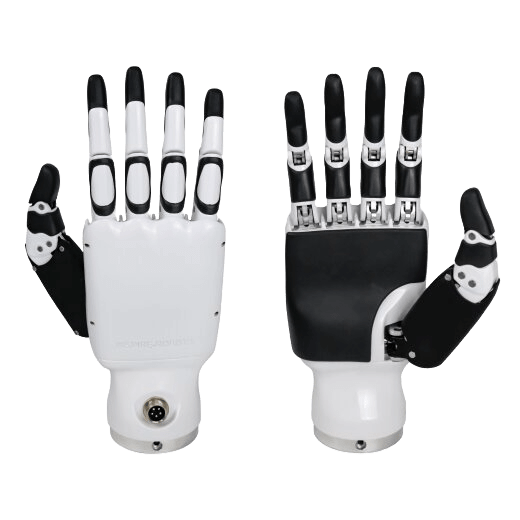


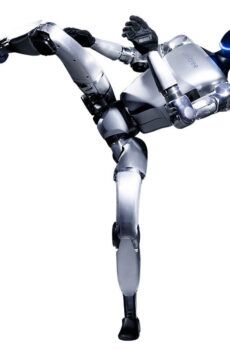
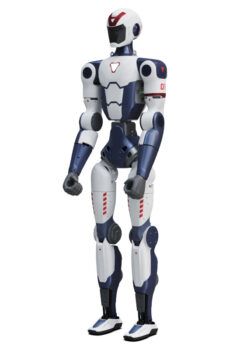


Reviews
There are no reviews yet.